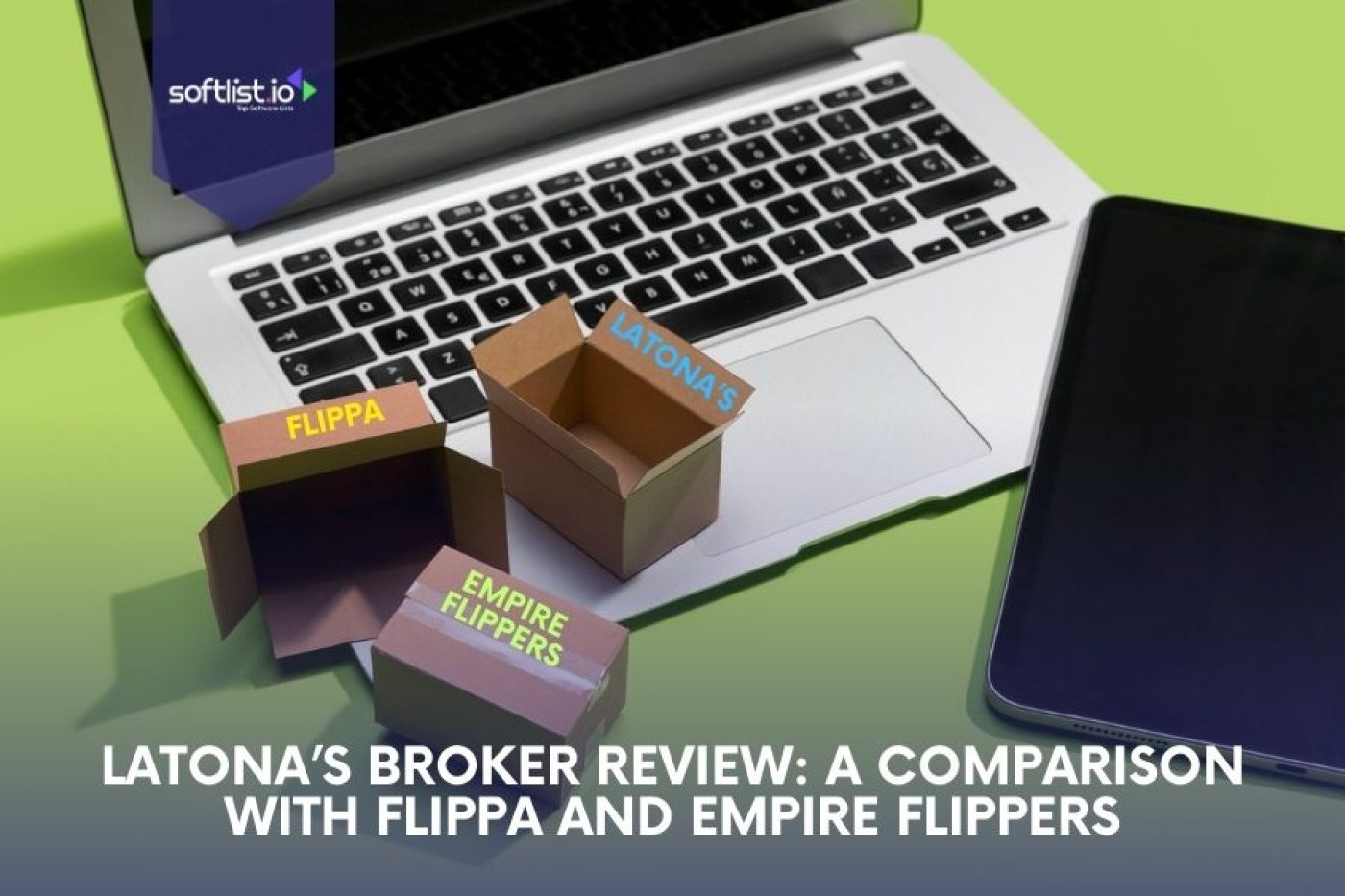Choosing the right 3D filament is crucial for ensuring the success of your next print project. Whether you’re working with PLA 3D filament for its ease of use or exploring more advanced materials like ABS filament for its heat-resistant properties, understanding the various types of filament can help you achieve the best results.
For example, PLA is popular due to its affordable 3D printing capabilities and beginner-friendly nature, while ABS offers greater durability and weather resistance. Additionally, materials like resin or carbon fiber-enhanced filaments provide specialized solutions for different applications.
This guide will help you explore how each filament to 3D print combines the ease of use of PLA with specific performance factors like strength and flexibility. Ready to find the right filament for your project? Read now to discover the options available for your next print.
What Is 3D Printing Filament?

3D printing filament is the bread and butter of FDM (Fused Deposition Modeling) printers. Think of 3D printing filament as the lifeblood of FDM printers. It’s the material that your printer transforms into something tangible, layer-by-layer, to bring your designs to life. The type of filament you choose plays a crucial role in determining the strength, flexibility, and final look of your print, underscoring the importance of picking the right filament for the job.
Types of 3D Printing Filament
- PLA: This eco-conscious choice is perfect for beginners, offering easy use, minimal warping, and a range of vibrant colors.
- ABS: Opt for this if you need your print to withstand stress or high temperatures, but be prepared for a bit more complexity in printing.
- PETG: Ideal for a broad spectrum of projects, PETG delivers both durability and printability, resisting impact and heat.
- TPU: When flexibility is needed, TPU’s rubber-like quality is unmatched, making it ideal for wearables or protective cases.
Each filament type has its own unique properties, such as strength, flexibility, durability, and heat resistance, which can be leveraged to achieve specific results in your prints.
Choosing the Perfect Filament

Key Considerations in Filament Selection
The key to filament selection lies in matching the filament to the project’s requirements, your printer’s capabilities, and the conditions the final product will face. Whether it’s the aesthetic appeal of PLA for ornamental pieces or the functional resilience of PETG for parts exposed to the elements, choosing the right filament makes all the difference.
Comparing filaments side by side clarifies their potential applications. PLA’s low warp makes it great for detailed work, where precision is paramount. ABS offers toughness for parts that must endure, despite its printing challenges. PETG combines ease and endurance, providing a versatile option for projects that demand both beauty and brawn.
Preparing for Success: Filament Storage and Handling

Proper Filament Storage
Ensuring your filament is stored properly is key to maintaining its quality and ensuring seamless production. Humidity can greatly affect filament properties, causing issues when extruded. Solutions like vacuum-sealed bags equipped with desiccant packs help retain the filament’s integrity by keeping it dry and ready for your next creative project. Such careful storage is crucial, especially for white filaments, where any degradation in quality can significantly impact the visual content of your print.
Loading Filament Smoothly to Reduce Friction
Correctly loading your filament into the printer is fundamental to a trouble-free printing experience. A simple trick is to snip the filament end at an angle, facilitating an easier insert into the extrusion mechanism. Ensuring the filament spool is tangle-free and correctly aligned minimizes friction and prevents common feeding problems, laying a strong foundation for high-quality 3D printing.
Optimizing Your Printing Process

Adjusting Printer Settings for Different Filaments
The secret to mastering your print jobs lies in customizing your printer settings to match the specific requirements of each filament type. Variables such as extrusion temperature, print speed, and retraction need fine-tuning to accommodate different materials, from the robustness of carbon fiber-infused filaments to the flexibility of TPU. Tailoring these settings helps overcome common printing hurdles, ensuring your printer delivers top-notch results consistently.
Achieving Optimal Print Quality
Beyond filament type, achieving the highest quality print involves strategic adjustments and regular printer maintenance. Application of bed adhesives, like blue painter’s tape for increased grip, or adjusting the glass plate temperature can dramatically improve the first-layer stick and reduce warping. Regularly calibrating your 3D printer ensures it performs optimally across various projects, maintaining the essence of your creative content in every print.
Navigating Common Filament Challenges
Troubleshooting Filament Jams and Clogs
Jams and clogs can disrupt the printing process, often requiring a maker’s ingenuity to resolve them. Routine checks and cleaning of the printer’s core components, such as the nozzle and extruder, ensure filament flows freely, reducing the risk of unexpected downtime. When faced with adhesion challenges, experimenting with different bed adhesives or refining the temperature settings can provide a remedy, allowing for uninterrupted production of your 3D printed parts.
Combatting Adhesion Issues and Warping
Adhesion issues and warping are common challenges that can affect the quality of your prints. Ensuring a clean, level print bed is the first step in tackling these problems. For materials like ABS, using a brim or raft can enhance bed adhesion and minimize warping. Adjusting the first layer printing temperature and speed can also make a significant difference, as can enclosing your printer to maintain a consistent temperature during the print. Each filament type may require a different strategy, so don’t be afraid to experiment.
Exploring Advanced Filament Options
Specialty and Composite Filaments
In the diverse landscape of 3D printing filaments, the selection available to makers extends far beyond the basics. From filaments that mimic the aesthetics of wood and metal to those that glow in the dark, each special product offers unique possibilities for creative expression and functional design. For those seeking strength and durability in their prints, composite filaments, enhanced with carbon fiber, stand out as a robust choice, perfect for creating parts that last.
Best Practices for Printing with Specialty Materials
Adapting your machine settings is essential when transitioning to specialty or composite filaments. Each unique blend may require adjustments to nozzle size, bed temperature, and even the speed at which the filament is extruded to ensure optimal results. For instance, materials like carbon fiber demand a wear-resistant nozzle to cope with their abrasive nature, highlighting the need for tailored approaches to each filament type.
Sustainable Printing Practices
Eco-Friendly Filament Choices
The movement towards sustainable printing practices is gaining momentum, with eco-friendly filament options taking center stage. PLA leads the charge as a biodegradable alternative derived from renewable resources, offering an environmentally responsible choice for makers. Beyond selecting sustainable filaments, engaging in recycling initiatives for used filament and print rejects plays a crucial role in minimizing the environmental footprint of our 3D printing endeavors.
Recycling Used Filament and Prints
The commitment to sustainability extends to how we handle filament waste and misprints. Whether through community-led recycling programs or creative reuse projects, finding ways to give plastic a second life is key. Innovations in recycling technology that convert old prints back into usable filament are paving the way for a more circular approach to 3D printing materials.
Use Cases
PLA (Polylactic Acid) for Prototyping and Education
PLA is one of the most popular 3D printing filaments due to its ease of use and environmental friendliness. It’s ideal for prototyping and educational projects because it’s affordable, easy to print with, and doesn’t require a heated bed. Hobbyists and students often use PLA to print models, prototypes, and parts with intricate details, making it a great choice for beginners.
ABS (Acrylonitrile Butadiene Styrene) for Functional Prototypes and End-Use Parts
ABS is known for its durability and resistance to heat, which makes it perfect for functional prototypes or industrial parts. It’s commonly used in automotive parts, electronic housings, and LEGO bricks. While it requires a heated bed and emits fumes during printing, its strength and versatility make it a go-to option for engineers and designers looking to create parts that need to withstand mechanical stress.
PETG (Polyethylene Terephthalate Glycol) for Durable and Impact-Resistant Products
PETG strikes a balance between PLA’s ease of printing and ABS’s strength. It’s highly durable and impact-resistant, which makes it suitable for mechanical parts, containers, or products that require flexibility. Additionally, PETG is food-safe, making it useful for printing kitchen utensils or food storage containers. Its water-resistant properties make it ideal for outdoor applications.
TPU (Thermoplastic Polyurethane) for Flexible and Elastic Parts
TPU is a flexible filament that’s perfect for printing rubber-like parts that require elasticity. Use cases include printing phone cases, flexible hoses, seals, or gaskets. It offers high wear resistance and flexibility, making it ideal for applications that need a combination of strength and flexibility.
Carbon Fiber Filament for High-Strength Applications
Carbon fiber-infused filament is used when lightweight yet high-strength parts are needed. This makes it ideal for aerospace, automotive, and sports equipment industries. It’s used to print strong, stiff parts that need to endure significant mechanical loads without adding extra weight, such as drone frames, bike parts, or automotive components.
Final Thoughts
Navigating the filament landscape is a journey of discovery, offering a chance to enhance the quality and impact of your 3D-printed parts. By aligning filament choice with project requirements and environmental considerations, makers can achieve their creative goals while adhering to principles of sustainability.
The path to becoming proficient in 3D printing is marked by experimentation and learning. Exploring the vast array of filaments available, understanding their properties, and fine-tuning your printer’s settings to accommodate them are all part of the process. Each print, successful or not, is a step toward mastering the intricate dance of 3D printing.
Unleash your creativity with an array of materials. Softlist’s ‘AI Art Generator‘ category reveals a world of possibilities for your next design project.
Get Access to the Best Deals and Promotions!
Subscribe now to Unlock your Deals. Fill in the form to get started. We have curated a selection of exclusive deals and offers on top software products just for you. Save big with our special coupon codes and enhance your productivity, security, and creativity.
FAQs
What Are the Benefits of Using PLA Filament for 3D Printing?
PLA filament, or polylactic acid, is a popular choice for 3D printing due to its ease of use, biodegradability, and wide range of colors. It is ideal for beginners and hobbyists as it prints at lower temperatures and produces fewer fumes compared to other materials.
How Does PETG Filament Compare to PLA Filament?
PETG filament is more durable and heat-resistant than PLA filament, making it suitable for functional prototypes and parts that require greater strength. While PLA is easier to print with, PETG offers improved mechanical properties and is less brittle.
What Are the Applications of Nylon Filament in 3D Printing?
Nylon filament is known for its strength, flexibility, and durability. It is commonly used in industrial applications, functional prototypes, and parts requiring high-impact resistance. Nylon filament is particularly favored for creating gears, hinges, and other mechanical components.
Can I Use Flexible Filament with My 3D Printer?
Yes, flexible filament like TPU can be used with most FDM 3D printers that support 1.75mm filament. It is ideal for printing items that require elasticity, such as phone cases, gaskets, and wearable accessories. However, printing with flexible filament may require adjustments to printer settings to prevent issues like stringing or clogging.
What Is the Recommended Filament Diameter for Most 3D Printers?
The most common filament diameter for FDM 3D printers is 1.75mm. It is widely compatible with a variety of 3D printers and offers precise extrusion control. Some printers may also support 3mm filament, but 1.75mm is generally preferred for its versatility.
How Much Filament Is Typically Found on a 1KG Spool?
A: A 1kg spool of filament typically contains approximately 330-340 meters of 1.75mm filament. The exact length may vary slightly depending on the filament material and manufacturer.
What Makes Silk PLA Filament Different from Regular PLA Filament?
Silk PLA filament is a type of PLA that has a glossy finish, giving prints a smooth and shiny appearance. It is often used for decorative items and aesthetic prints where a high-quality surface finish is desired. While it shares similar printing properties with regular PLA, silk PLA may require slightly different print settings to achieve the best results.
Is It Possible to Print with Dual-Color Filament on a Single Extruder 3D Printer?
Yes, dual-color filament allows you to print objects with two colors using a single extruder 3D printer. The filament is designed with two colors side-by-side or in a segmented pattern, enabling the printer to switch between colors during the print. This technique can create visually striking and multi-colored prints without the need for a dual-extruder setup.
Are There Any Special Considerations for Printing with Glow-in-the-Dark PLA Filament?
Glow-in-the-dark PLA filament contains phosphorescent materials that absorb and emit light. When printing with this filament, it is important to use a hardened steel nozzle to avoid wear and tear caused by the abrasive particles. Additionally, glow-in-the-dark PLA may require higher print temperatures and slower print speeds to achieve optimal results.
What Are the Advantages of Using a Pro Series Filament for 3D Printing?
Pro series filaments are typically formulated to offer superior print quality, consistency, and mechanical properties. These filaments are often used by professionals and advanced hobbyists who require high-performance materials for demanding applications. Pro series filaments, such as those from Polymaker or MatterHackers, can provide enhanced layer adhesion, smoother surface finishes, and greater durability.






